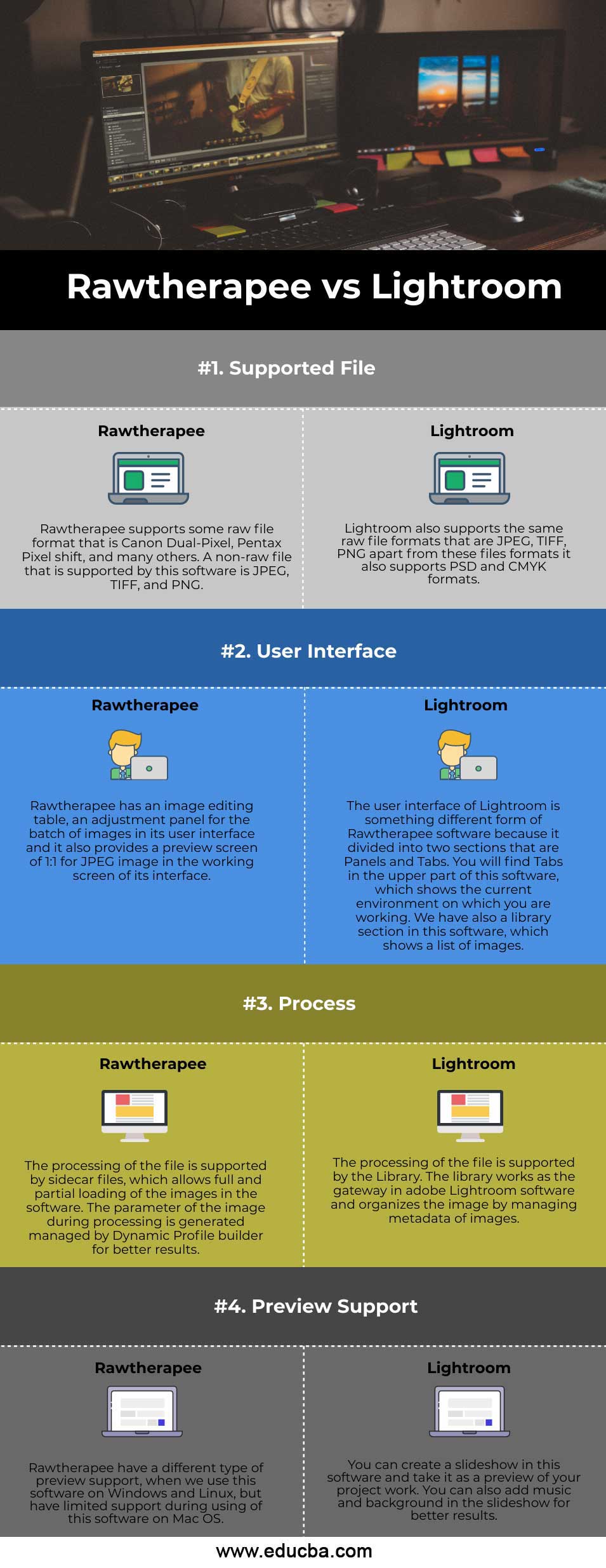
I've read about Art (the RawTherapee fork) but I'd prefer to stay with Darktable. So I'm wondering if there are any scripts that I can add to Darktable that are more powerful for defringing and sharpening than whats already included in the program. And you can use masks and add film grain. Darktable feels more modern, fun and faster. The modules are a lot slower and more annoying to use than Darktable. I can't seem to get the same results with darktable's sharpening or defringing tools.īut then.RawTherapee is honestly a pain to use. Darktable's looks too muddy in comparison when looking at details.

It tends to be way way overdone out of the box compared to darktable, very crunchy and oversharpened, but by dialing it back I can easily work with a much sharper and cleaner picture. AND I can actually adjust the levels of it too, it's not just "automatic." Another thing that impressed me was how rawtherapee implements its automatic base curves and sharpening. Not only does eliminate almost all of it, it doesn't suck the color out of the rest of the image. Darktable's defringing didn't really do much of a job in correcting the problem- either I got rid of the chromatic aberrations and LOTS of color in the picture, or just nothing.įrustrated, I downloaded RawTherapee and was blown away by how much better it was for fixing chromatic aberration. I'm using budget Canon lenses so of course I get lots of ugly fringing in situations like this. Then I started editing some landscape shots with lots of detail in faraway trees.
#Rawtherapee compare images how to#
I didn't really have a problem grasping how to use them quickly and was fairly happy with the pictures I was getting, so I didn't bother with anything else. I started with Darktable since it was the first name that jumped out, and most of the modules are clean and straightforward.
#Rawtherapee compare images zip#
To convert the formats I used ImageMagick-6.8.8.10 on an x86_64 Intel(R) Core(TM) i7 CPU Q 820 1.73GHz, and I scripted the steps in Bash.Ĥ.1 TIFF 16-bit for c in RLE None LZW Zip do time convert foo.tif -monitor -depth 16 -compress "$c" "$5_8.Hey guys, I've just started getting into editing raw recently. The input file is a 16-bit 10000x5000 pixel real-world panorama.

The ideal intermediate format is one which loses no image data or metadata and is quick to read and write.

RawTherapee 5.4 uses an efficient and fast compression strategy for both TIFF and PNG, and both formats support metadata.Īn intermediate file is one you use just to pass the image data around between programs while working on it, e.g. While the information contained here may have some value, note that it is obsolete.


 0 kommentar(er)
0 kommentar(er)
